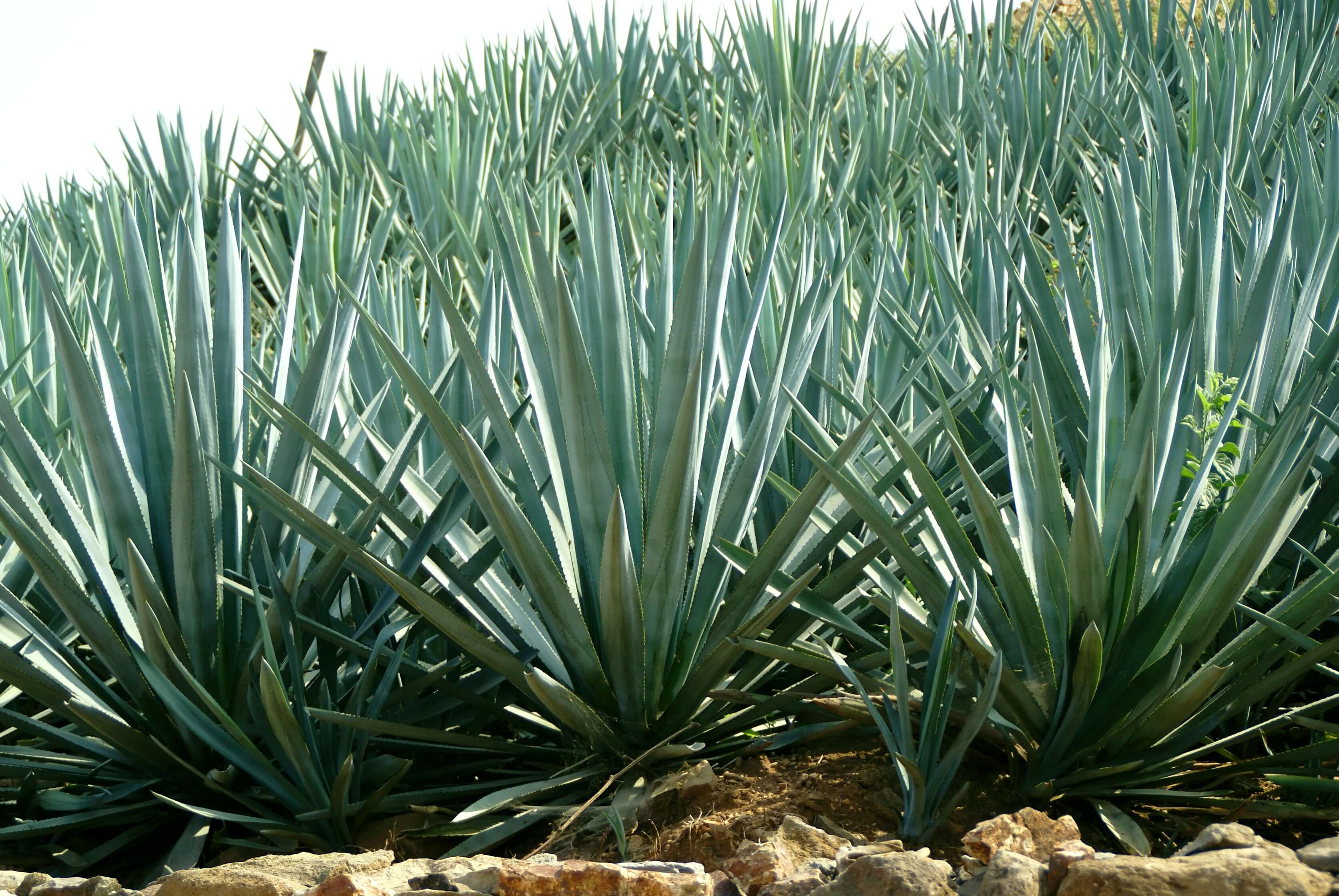An Alcohol Profile: Tequila
- by ShopSK .com
-

Tequila, a beloved spirit with roots in Mexico, has become one of the most iconic alcohols worldwide. Whether you enjoy it in cocktails, sipping it straight, or even paired with a traditional lime and salt, tequila’s versatility and unique flavor have earned it a place of prominence in the hearts of many. In this article, we’ll dive into the world of tequila, its history, types, and how you can easily buy it through an alcohol delivery service.
The History of Tequila
Tequila has a rich and fascinating history that dates back to ancient times. The origins of tequila trace back to the Aztecs, who fermented the agave plant to create a fermented beverage. Over the centuries, this practice evolved, and the modern distillation process we know today emerged. Tequila, as a distinct spirit, was first produced in the 16th century, and it wasn’t long before it became a popular drink in both Mexico and abroad.
Today, Tequila is produced primarily in the region around the town of Tequila in Jalisco, Mexico. To be classified as tequila, the beverage must be made from the blue agave plant, and its production is regulated by strict Mexican laws. This ensures that you’re getting an authentic experience whenever you sip on a bottle of tequila.
Different Types of Tequila
Tequila comes in various types, each with its own distinct characteristics and flavor profiles. The differences are primarily due to the aging process and the way the tequila is processed.
Blanco (Silver) Tequila
Blanco tequila is the purest form of the spirit, made from blue agave and bottled immediately after distillation or aged for a short period of time in stainless steel tanks. It is clear and typically offers a fresh, crisp flavor that showcases the natural agave. Blanco tequila is perfect for mixing in cocktails like Margaritas or Palomas.
Reposado Tequila
Reposado, meaning "rested," is aged for between two months and a year in oak barrels. This aging process gives it a smoother, richer flavor with hints of vanilla, caramel, and oak. Reposado tequila can be enjoyed straight or in cocktails where you want a more robust tequila flavor.
Añejo Tequila
Añejo tequila is aged for over a year in oak barrels, which imparts deep flavors and a smooth, mellow texture. The aging process allows the tequila to develop complex notes of spice, wood, and dark chocolate. Añejo is best enjoyed neat or on the rocks, allowing you to savor its rich flavor.
Extra Añejo Tequila
For those who seek an even more refined experience, extra añejo tequila is aged for over three years, often in small barrels. The longer aging process creates an incredibly smooth, rich, and complex tequila that’s perfect for sipping slowly.
How to Enjoy Tequila
Tequila can be enjoyed in many different ways, depending on your preference. The most popular method is in cocktails, such as the classic Margarita, which combines tequila, lime juice, and orange liqueur. Another favorite is the Tequila Sunrise, made with orange juice, grenadine, and tequila.
However, tequila is also enjoyed straight, especially higher-end varieties like Añejo and Extra Añejo. These types are often sipped slowly, allowing you to fully appreciate their depth of flavor. If you prefer to sip it straight, try it neat or on the rocks.
Buying Tequila Online
If you’re looking to stock up on your favorite tequila or try something new, an online liquor shop is a convenient option. ShopSK, a trusted online liquor store near you, offers a wide selection of tequilas, including both popular brands and artisanal options. Whether you’re seeking a bottle of Blanco for your next cocktail party or a premium Añejo for sipping, you can find it with just a few clicks.
Shopping for tequila online has never been easier, and with alcohol delivery services, you can have your bottle delivered straight to your door. In areas like Los Angeles, where the nightlife never stops, 24-hour alcohol delivery in Los Angeles ensures that you never run out of your favorite tequila.
Why Choose ShopSK for Tequila?
When it comes to buying tequila, ShopSK stands out as one of the best online liquor stores near you. With a broad selection of top-shelf brands, excellent customer service, and a user-friendly interface, you can easily browse and order your favorite tequila.
Whether you need to order for a special occasion or just want to stock up for your next party, ShopSK ensures your experience is convenient and satisfying. And with their alcohol delivery service, you can get your tequila delivered right to your doorstep in a timely manner.
The Convenience of Alcohol Delivery Services
Having access to an alcohol delivery service has revolutionized how we purchase our favorite beverages. Now, you don’t have to leave the house to pick up a bottle of tequila. With just a few taps on your phone or clicks on your computer, your preferred bottle can be on its way to your door. Whether it’s a late-night craving or an impromptu gathering, the convenience of 24-hour alcohol delivery in Los Angeles ensures that you never have to worry about running out of your favorite drink.
FAQs About Tequila
What is the best way to drink tequila?
The best way to drink tequila depends on your preference. You can enjoy it neat, on the rocks, or in a cocktail like a Margarita or Tequila Sunrise.
Can I buy tequila online?
Yes, you can buy tequila online through trusted online liquor shops like ShopSK. They offer a wide selection of tequilas with the convenience of alcohol delivery services.
How long does it take for alcohol delivery to arrive?
Delivery times vary depending on your location. For 24-hour alcohol delivery in Los Angeles, your order can typically arrive within an hour or two, depending on availability and the time of day.
Is there a difference between Blanco and Añejo tequila?
Yes, Blanco tequila is unaged and offers a fresh, crisp flavor, while Añejo tequila is aged for at least one year, giving it a smoother, richer taste with notes of vanilla and oak.
How can I find an online liquor store near me?
You can find an online liquor store near you by searching for reputable retailers like ShopSK. Many online stores offer fast delivery and a wide range of tequila options.



